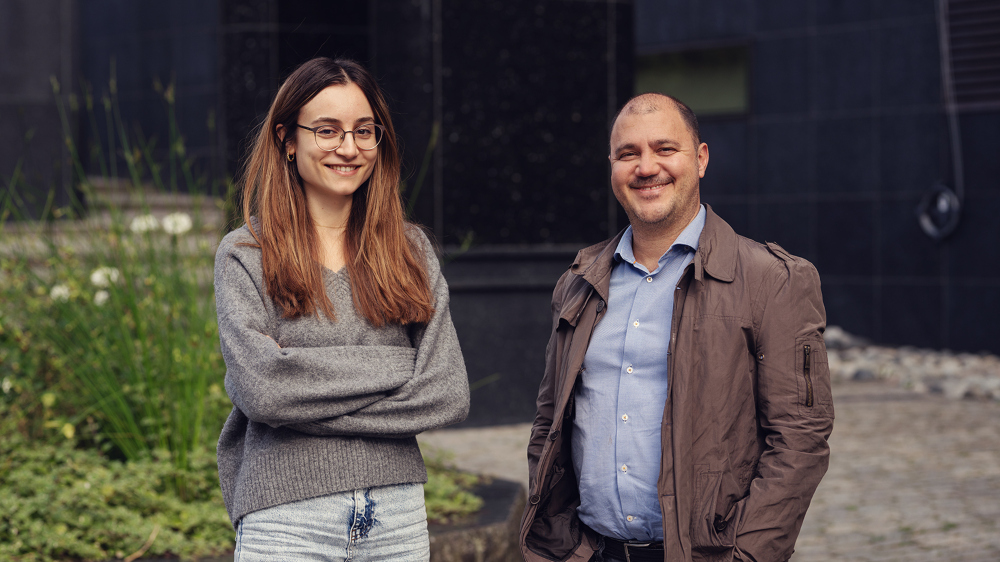Zoom
Click here to join the session digitally.
Abstract
Does human language spread primarily as a virus, or as a form of complex behavioural contagion? Simple behavioural contagion is analogous to biological contagion of a virus, whereby a single contact is sufficient to induce the adoption of a given behaviour. In contrast, complex behavioural contagion is the process in which multiple sources of exposure are required before an individual adopts a given behaviour. We manipulate simple and complex language contagion in a language priming experiment. Structural priming induces a tendency to repeat a current sentence that is similar in structure to a previously presented prime. In one of two conditions (egonet-1 and egonet-5) adult participants take turns with 6 other players (confederates) in a picture description and verification game. During verification turns, they are told to verify whether the pictures on their screen match the verbal description offered by another player. In doing so, they are primed with target grammatical structures that alternate in English: dative structures (double-object dative e.g., A boy is giving her teacher an apple as opposed to the prepositional dative option e.g., A boy is giving an apple to her teacher), and transitive structures (active transitive e.g., A whale is swallowing the fisher as opposed to the passive transitive option e.g., The fisher is swallowed by a whale). Participants are primed with double-object dative and passive transitive structure because their use were preferred less in our baseline session. In baseline session, we assessed participants’ dative and transitive production without priming. In description turns, participants must produce similar structures to describe new pictures, showing effects of structural priming. Crucially, in the egonet-1 condition subjects are primed by a single confederate with the target grammatical structure, while in the egonet-5 condition, participants are primed with the very same sentences by five different confederates. The cumulative number of priming sentences is equal in both conditions. We measure the degree to which participants are implicitly primed for the target syntactic target structures compared to baseline. If structural priming spreads via complex contagion, the egonet-5 condition should promote a greater difference from baseline in primed grammatical structures compared to the egonet-1 condition. As for results, we found a priming effect from baseline to experimental session. Both experimental groups showed a significant increase in their use of the target structure. Nevertheless, there was no significant effect of egonet. The level of increase in the target structure's use did not differ significantly between the egonet-1 and egonet-5 conditions.
Bio
Eylul Eski is a Ph.D. student in Psychology and Cognitive Sciences at the University of Genova. She completed her master’s in Psychology and Neuroscience at the University of Pavia. She did her Bachelor at Middle East Technical University in Psychology. She is interested in the relationship between language, mind, and social context. Her current research focuses on the effect of social networks on linguistic behaviour.
Luca Onnis is Professor of Psycholinguistics in the Department of Linguistics and Scandinavian Studies, University of Oslo. He holds a Ph.D. in Psychology from the University of Warwick (UK). He has held positions at Cornell University (USA), University of Hawaii (USA), Nanyang Technological University (Singapore), and the University of Genoa (Italy). His research focuses on the relationship between language and cognition, to better understand mechanisms of language acquisition and processing, and the influence of experiential factors on such mechanisms. To do so, he combines methods like behavioral studies, brain imaging, corpus analysis, and computational modeling. He has secured significant research grants from the European Research Council (ERC), the U.S. National Institutes of Health, and the Singapore National Research Foundation, for a total of €6 million. He founded two Psycholinguistics labs and was Director of the Centre for Second Language Acquisition in Hawaii. He serves on the editorial board of the Journal of Cultural Cognitive Science. He is the father of two enthusiastic girls.
